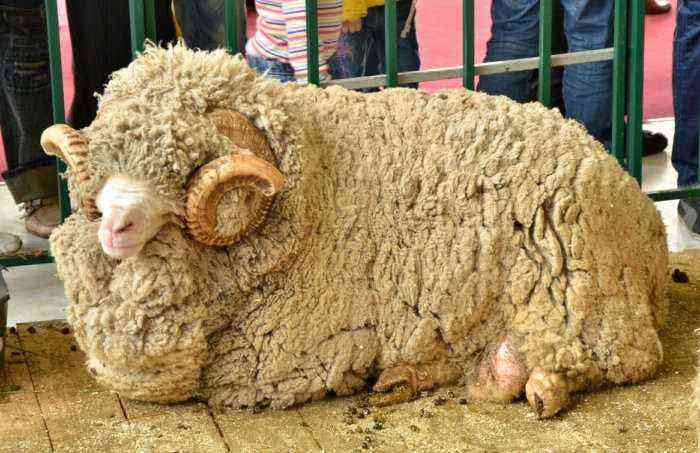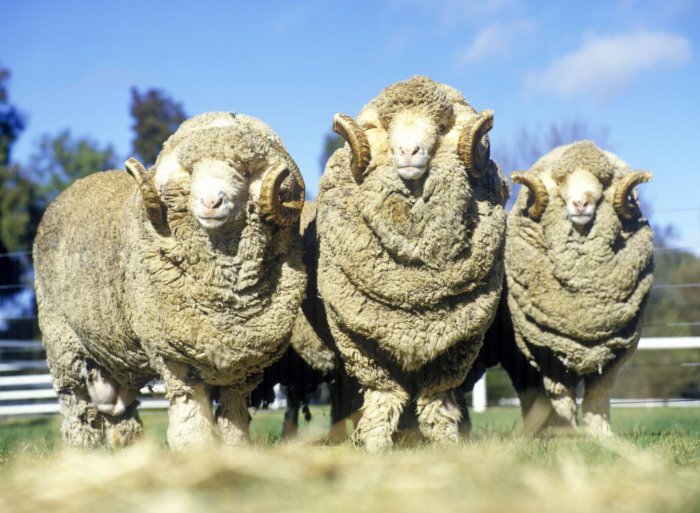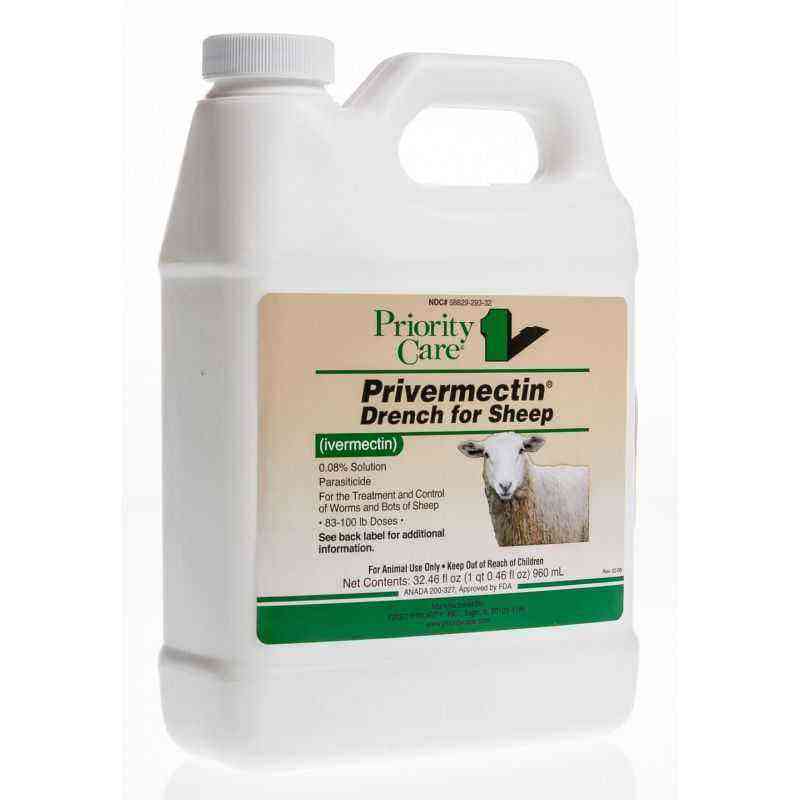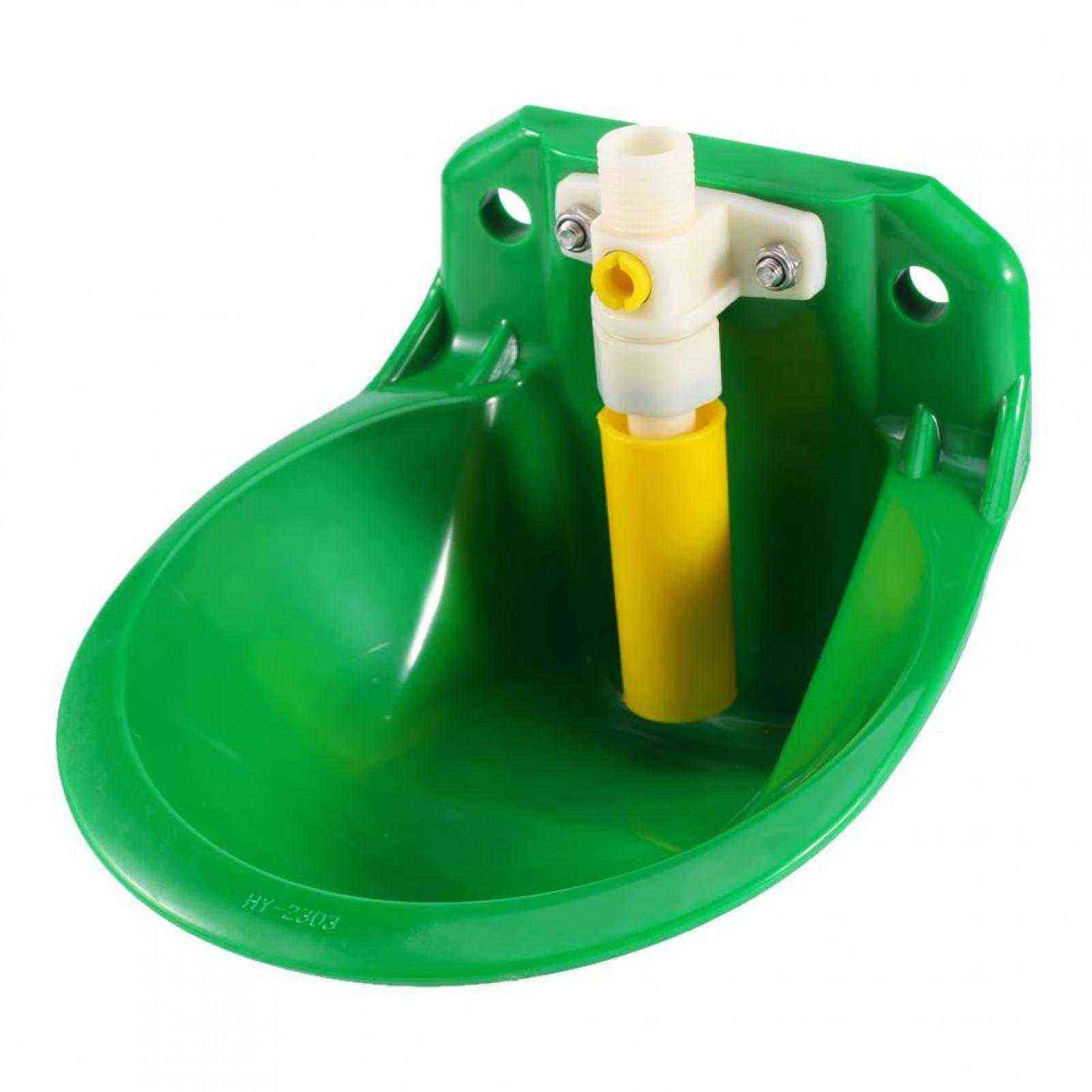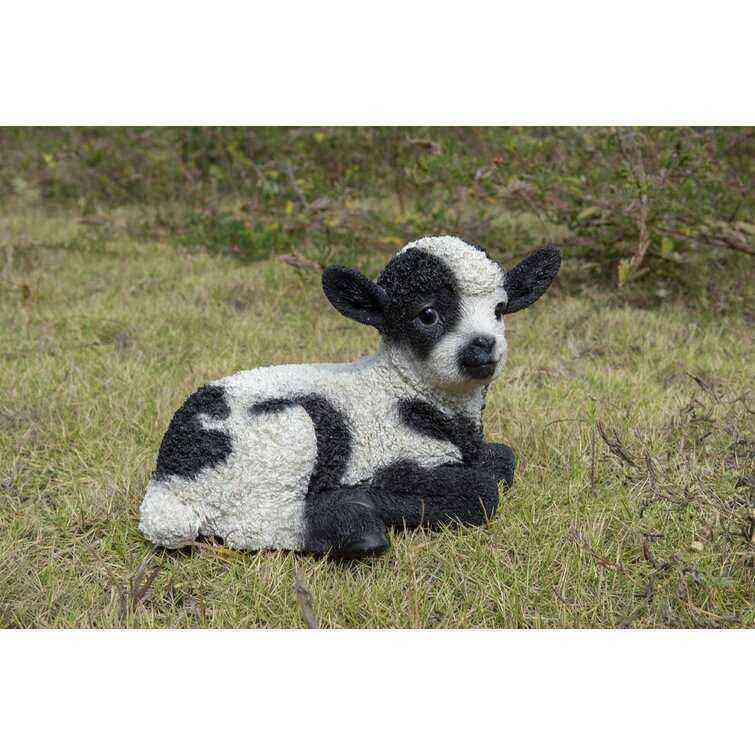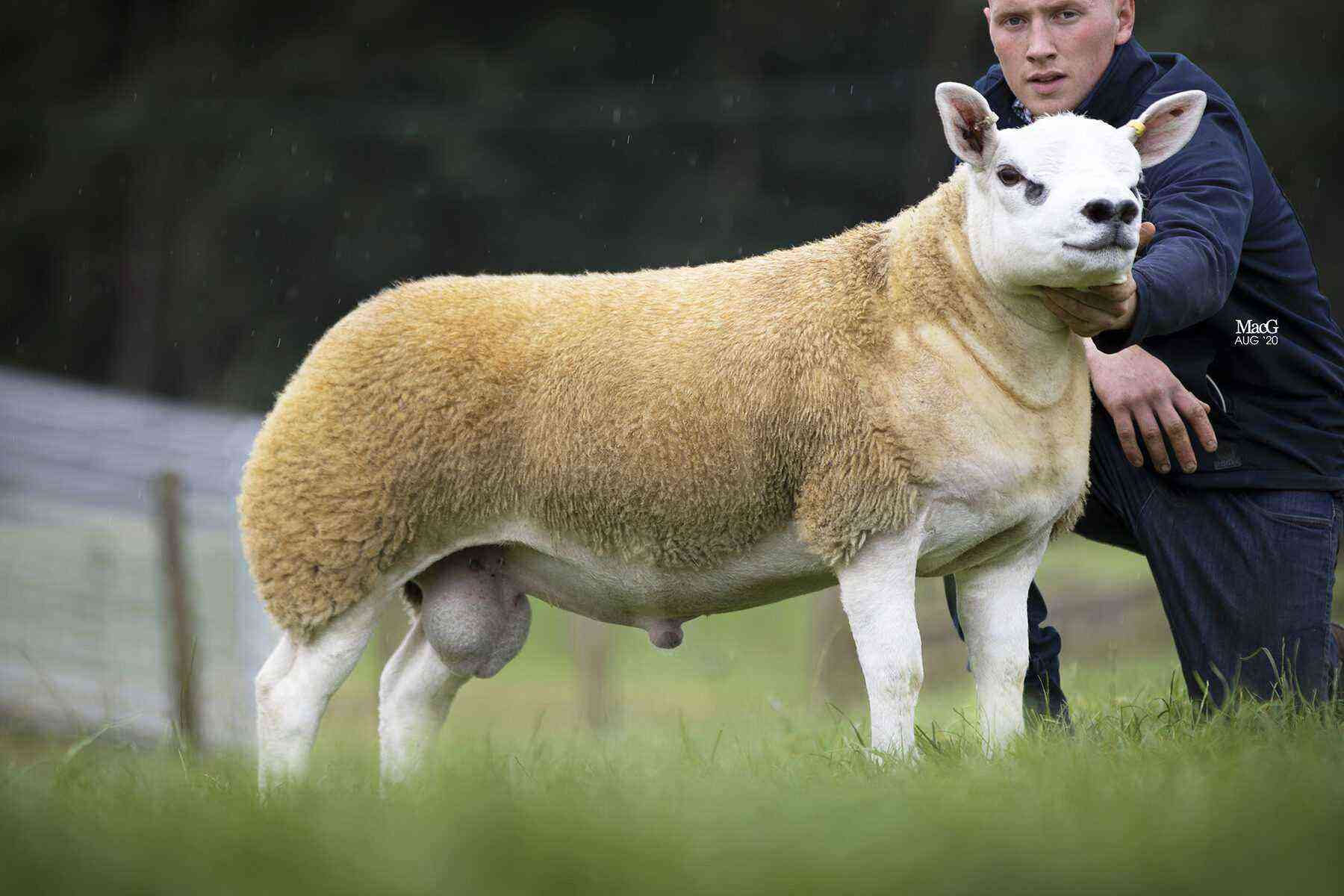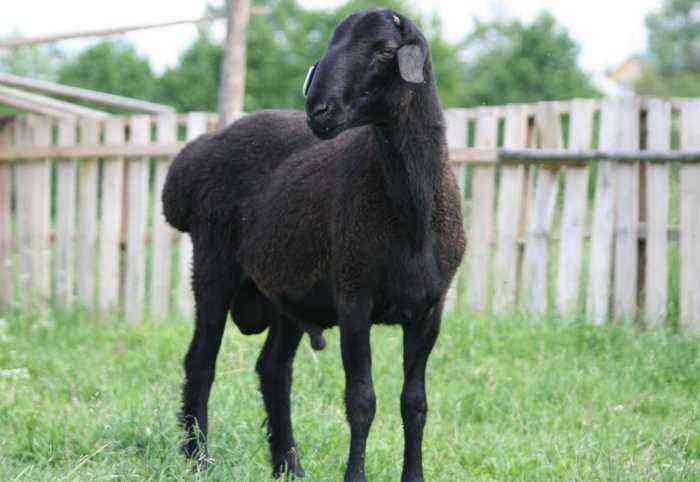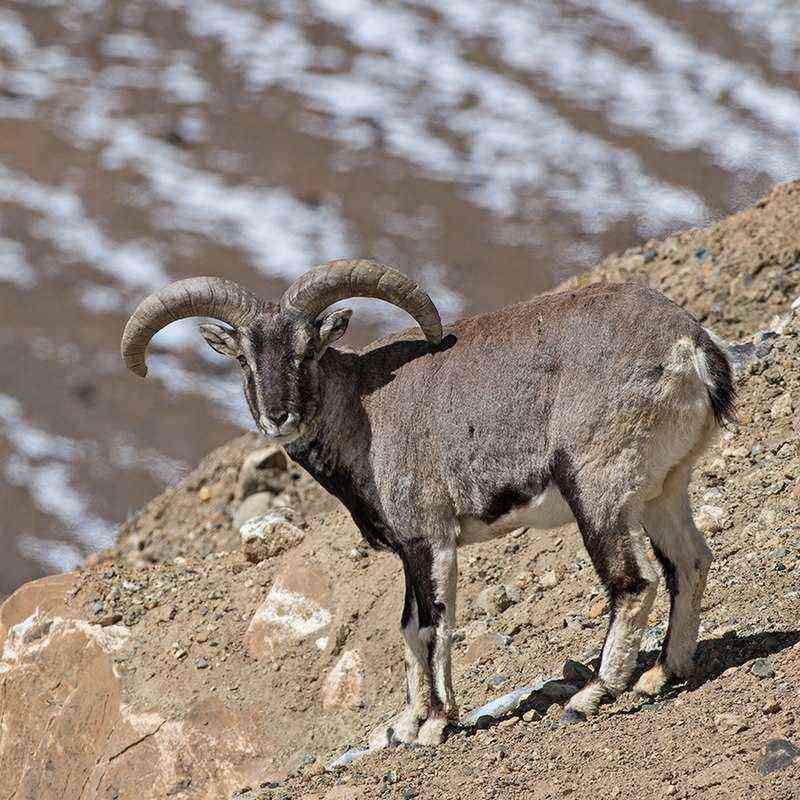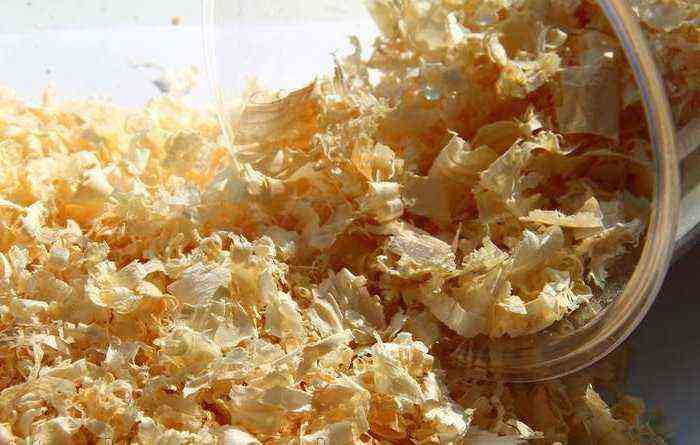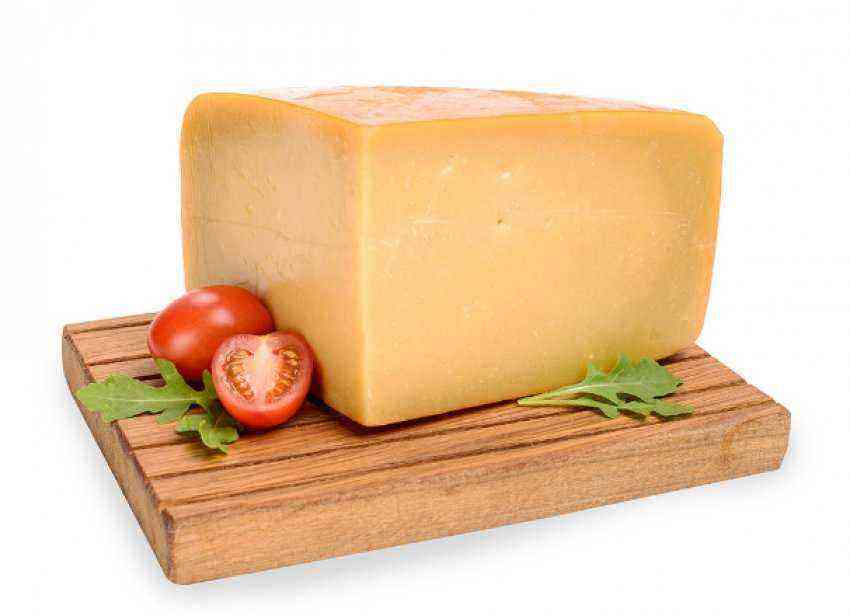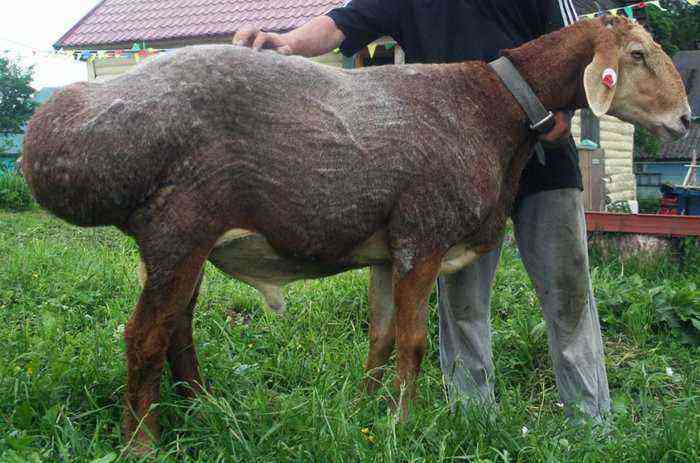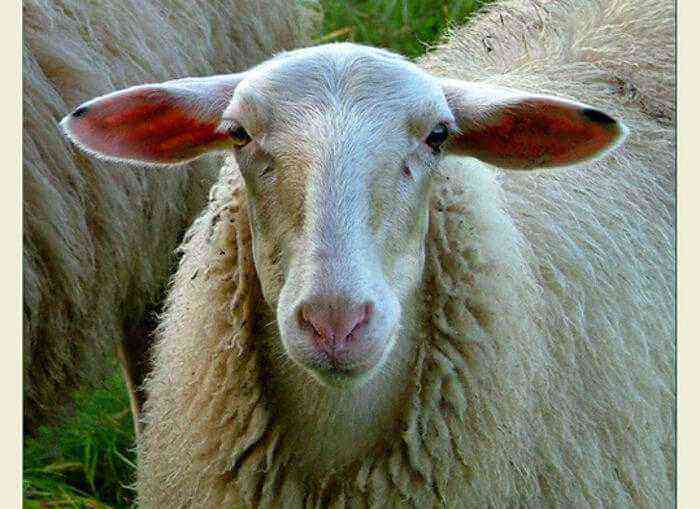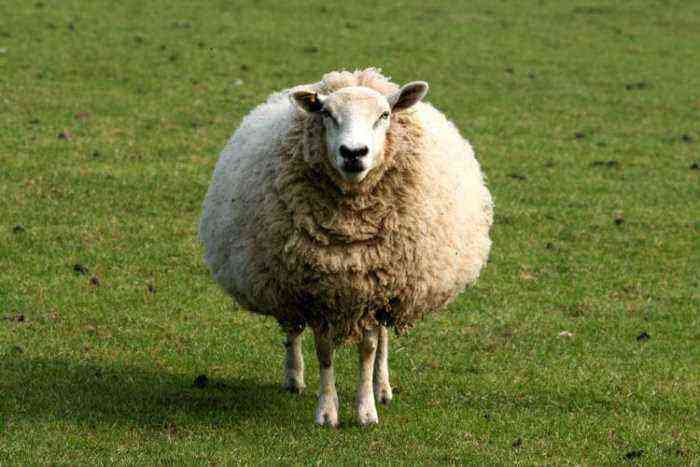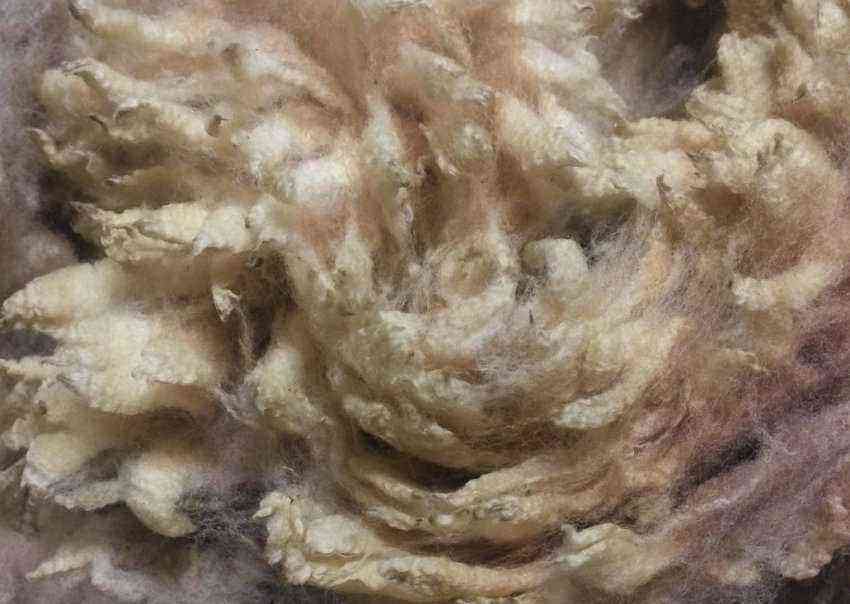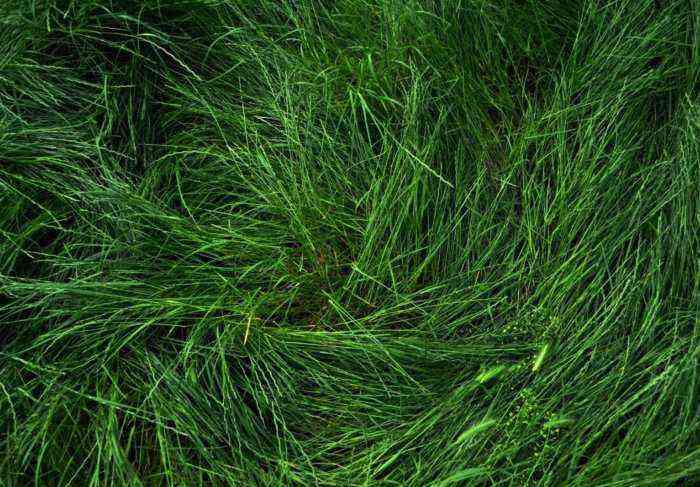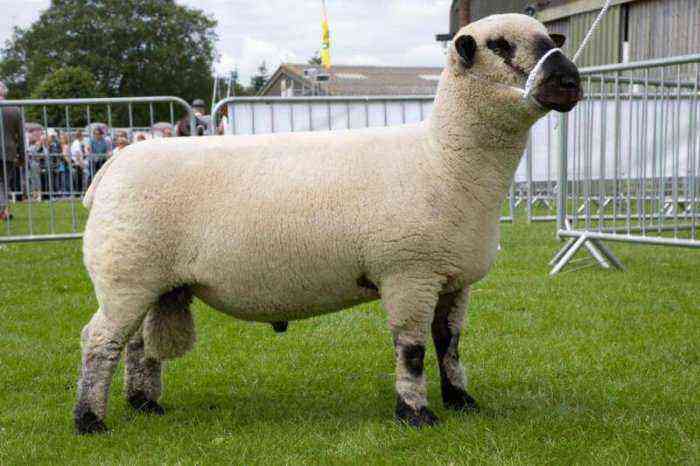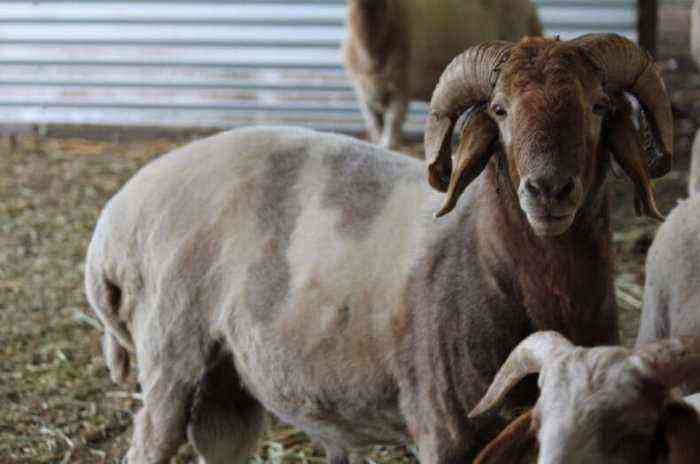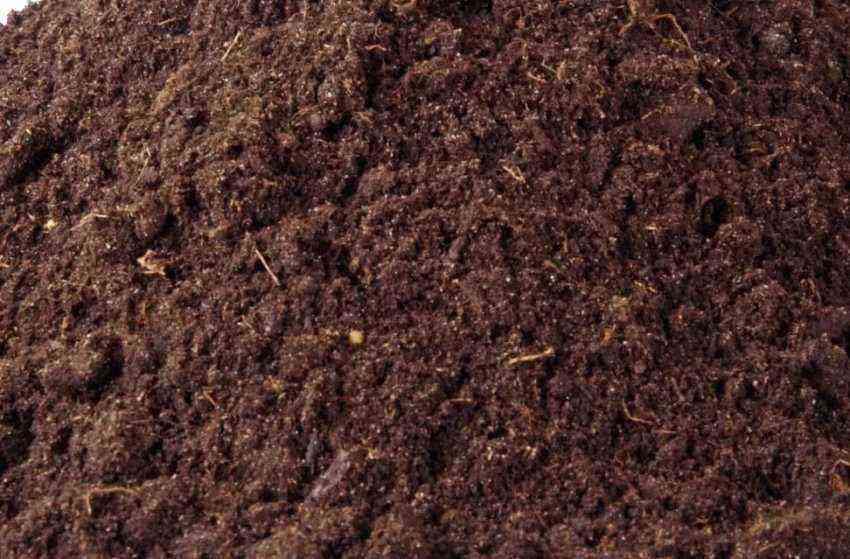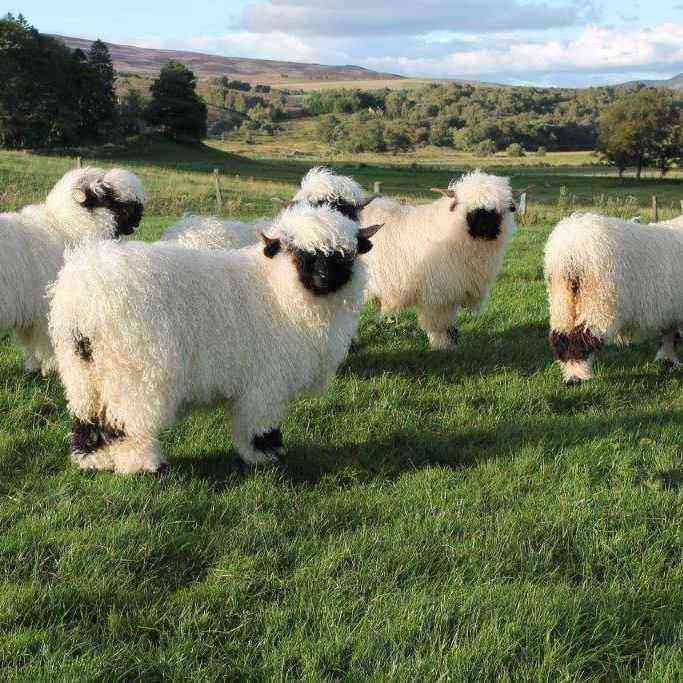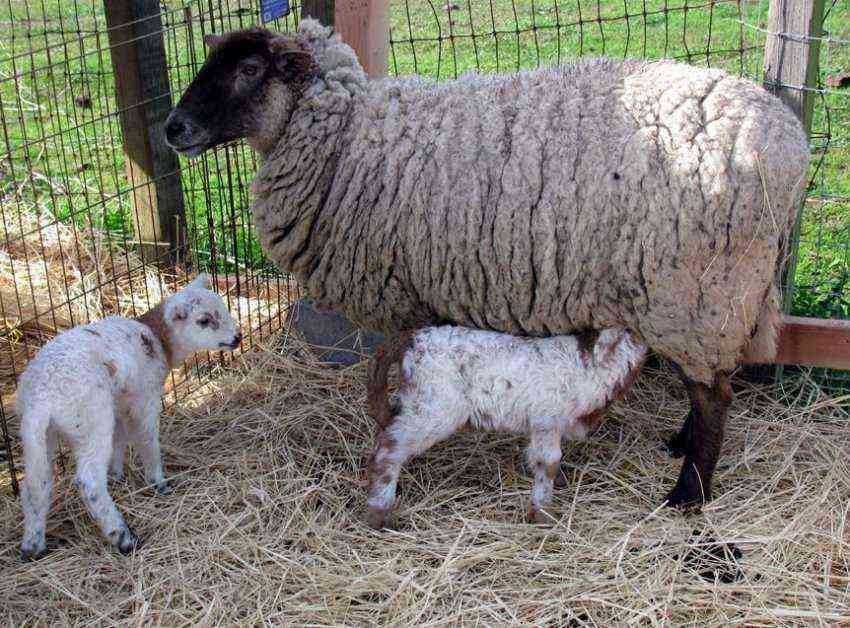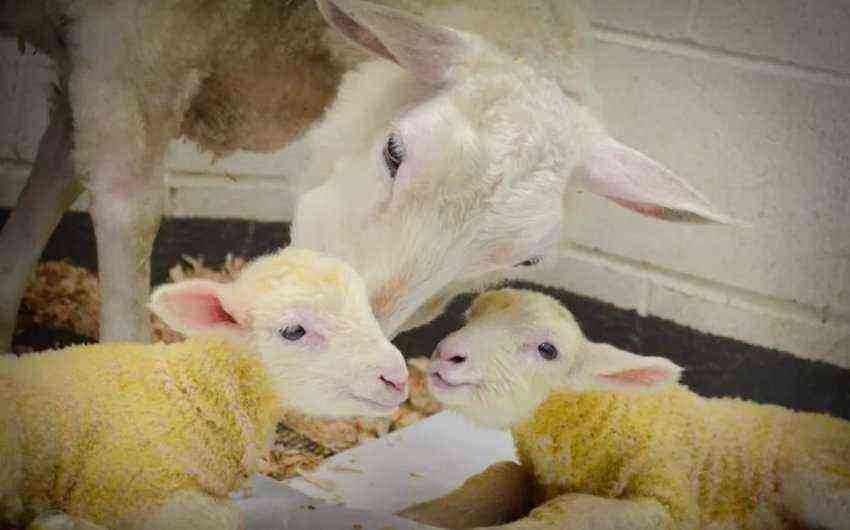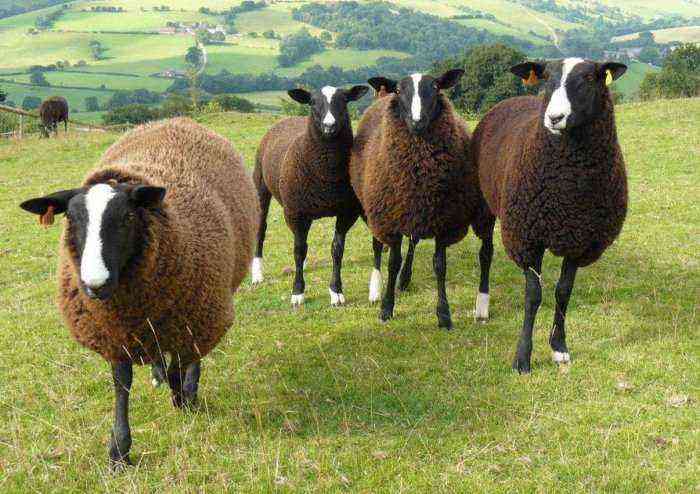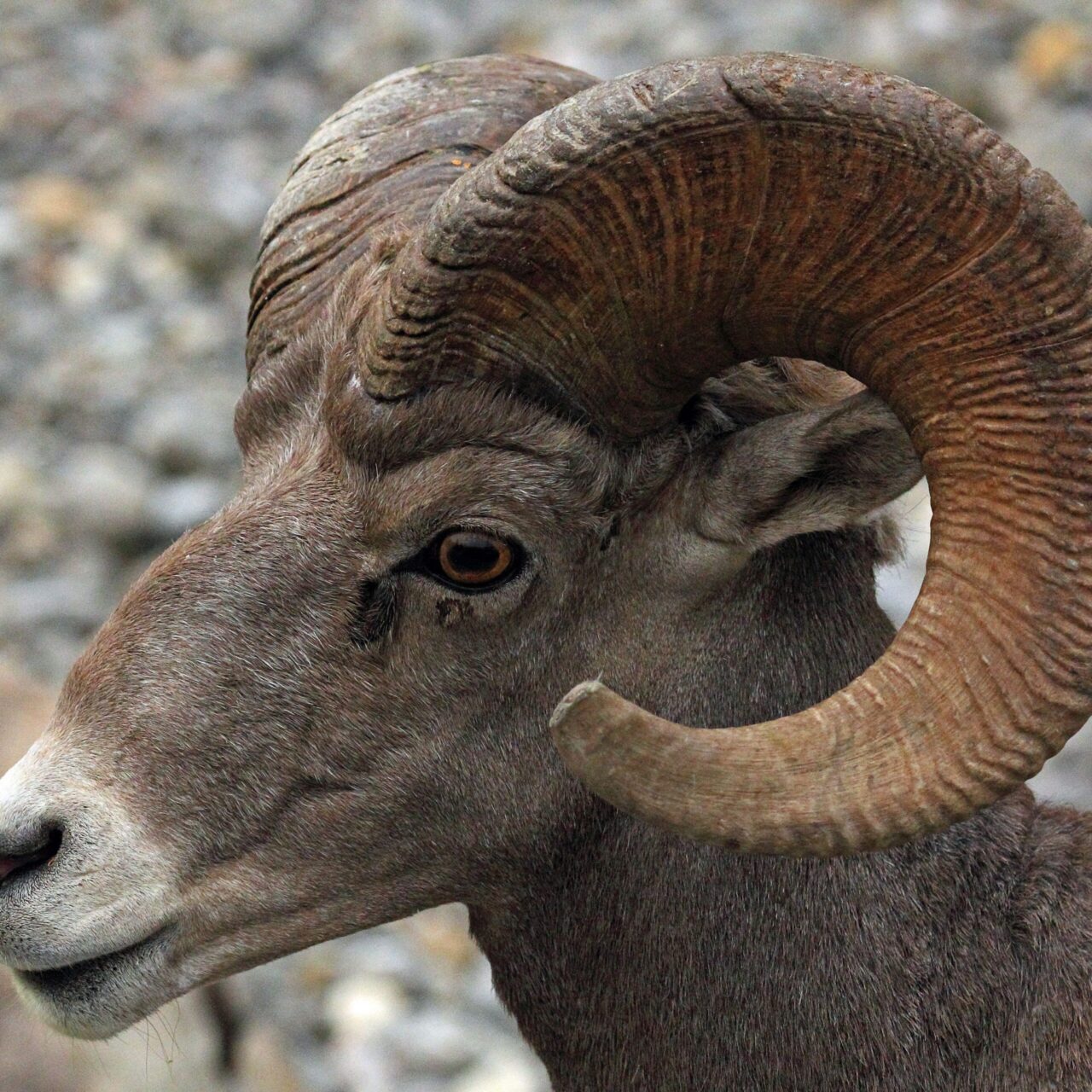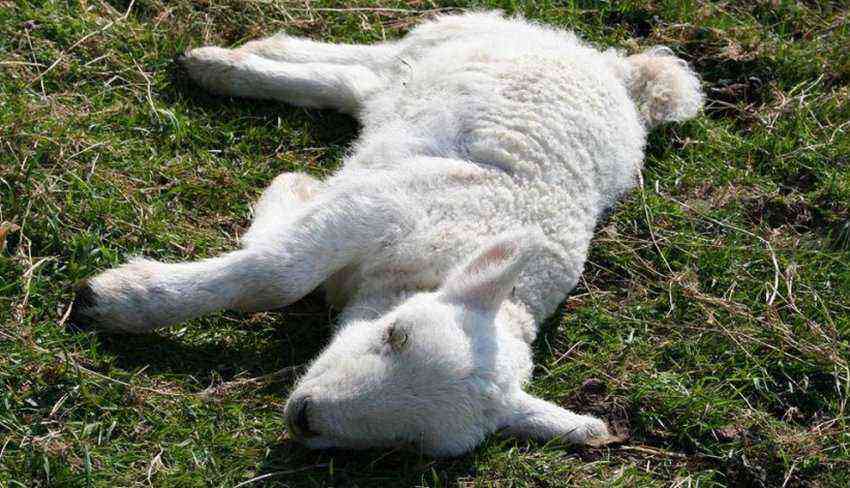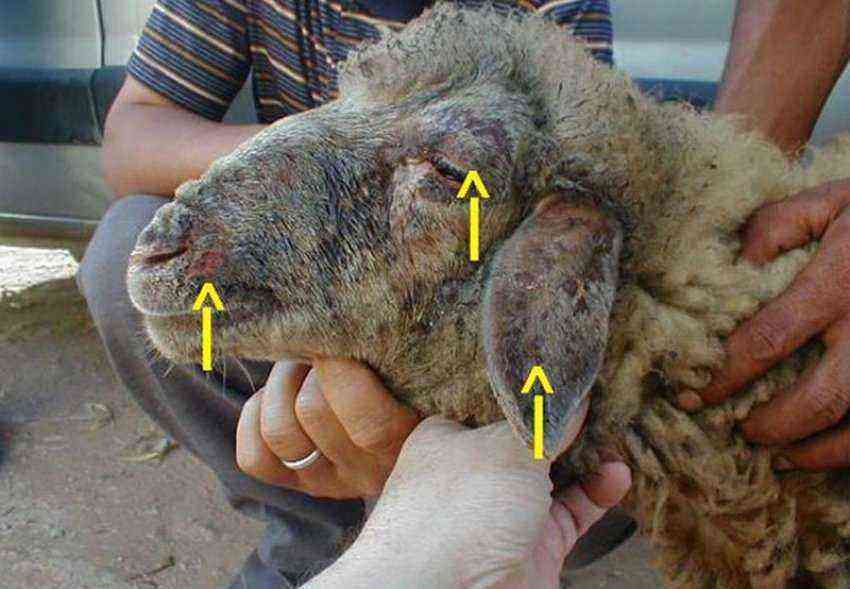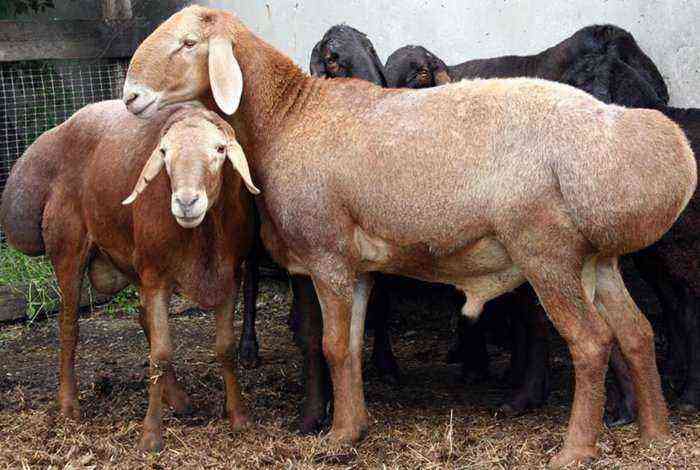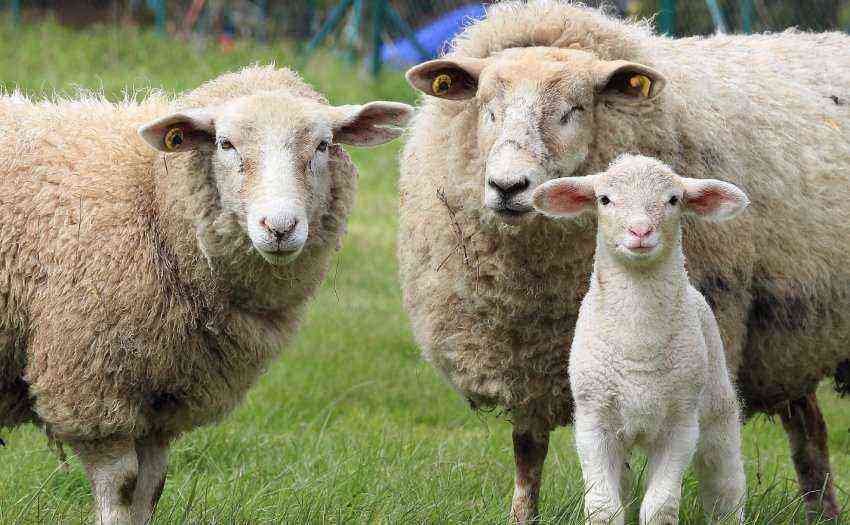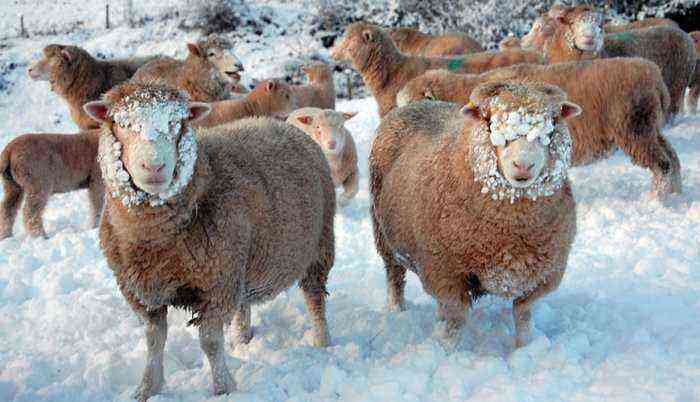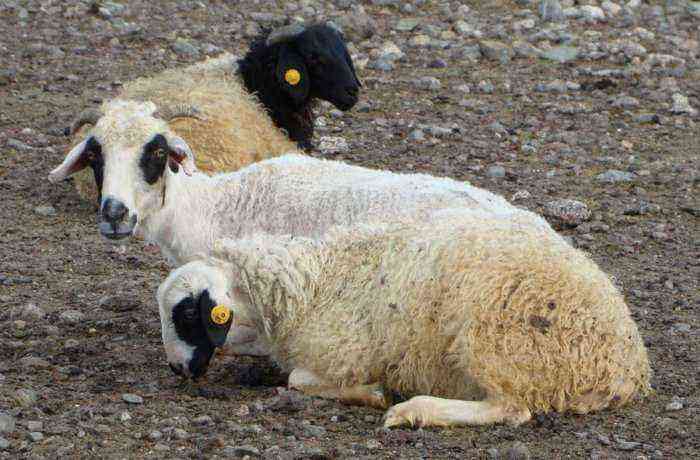Merino is one of the most common breeds of sheep in Australia. Even people who have no idea about sheep breeding have heard this word more than once. It is from the wool of these sheep that expensive warm woolen items are made, which have a special marking (Merinowolle). What is remarkable about merino sheep, how they got to Australia, this article will tell.
Merino sheep
History of merinos
The story of Merino sheep begins in sunny Spain. This country until the 16th century occupied a leading position in the field of sheep breeding, and it was there that the animals with the best characteristics were located. In the 12th century, Spanish sheep breeders decided to cross local rams with sheep brought to the country from Asia Minor and the northern part of the African continent. The result of the experiment exceeded expectations – sheep were obtained with very thin and thick wool.
Since the death penalty was provided for the export of sheep from the country in those days, until the beginning of the 18th century, animals remained in Spain. Then the ban on the export of animals was lifted, after which the merinos were delivered to Sweden, then to Saxony, and by the end of the 18th century, to Australia. Interestingly, the history of the Australian Merino sheep began with just 70 heads that arrived on the continent on one ship.
Reference. Today, 4 out of 5 sheep found in Australia are Merino.
Why is this breed popular?
There are several reasons why merino has become so popular in Australia and elsewhere. Consider them:
- These animals are unpretentious and easily adapt to any climatic conditions. They are undemanding to feed and ambient temperature. Other breeds react sharply to any changes, while these show indifference.
- The main advantage of Merino sheep is wool.. She is super-thin and gentle, for which she is appreciated. Such a rune is not given by any other breed from the existing ones.
- The meat of these animals also has good taste. Farmers who breed them receive a double benefit.
- Merinos are prolific, since each ewe is able to reproduce 1-4 lamb per year.
Attention! The fertility rate of Merino ewes is close to 140%. Although they are able to lamb only once a year, they often develop multiple pregnancies.
Wool characteristic
The fleece of Merino sheep is very different from the hairline of coarse-haired breeds. It is very thin – the thickness of each hair is from 15 to 24 microns, depending on the type of rock. To make it clear to the reader how thin the coat of merino sheep is, let’s give an example. For every millimeter of skin, coarse-haired sheep have 7-30 hairs, while merino sheep have from 29 to 89.
Merino sheep fleece is very different from others
The small thickness of the combed fleece is not the only advantage of merino wool. It also has other distinctive features:
- wool has extraordinary softness and is able to retain heat for a long time;
- in clothes made from the rune of these animals, a person feels comfortable both in cold and in heat;
- the composition of the fibers contains a natural antibacterial component – lanolin;
- the fleece of these animals is only white, which means that it can be given any shade during processing;
- from each kilogram of shearing taken from a merino sheep, three times more fabric is made than from the same amount of fleece of coarse-wool breeds.
Types of Australian Merino
There are several varieties of the Merino sheep breed. They differ in body weight and thickness of wool fibers:
- Fine (fine) – this species is bred mainly in areas with a cold climate and high humidity. A characteristic feature is the absence of skin folds in the neck. The fleece of these sheep is the thinnest (15 microns), for which it is valued higher. The body weight of rams belonging to the fine species rarely exceeds 70 kg.
- Medium. These sheep are larger than the previous ones, their weight reaches 85 kg. Animals are suitable for breeding in the steppe zones. Wool fibers in representatives of this class are thicker – about 15-23 microns.
- Strong (strong). This class of sheep is the largest, they gain weight up to 95 kg, so they are used not only for wool, but also for meat. The thickness of wool fibers ranges from 24 microns.
Attention! All varieties of merino show high wool performance. Up to 10 kg of fleece is obtained annually from a ewes, and up to 20 kg of raw materials from an adult ram.
Features of the content
Knowing the rules for keeping merino sheep and following them, you can conduct a successful farming business. These animals spend a lot of time on pastures, since the main part of their diet is grasses.
Animals spend a lot of time on pastures
In the spring, animals are sent to graze when the grass covers the ground, and its height reaches at least 8 cm.. Experienced sheep breeders recommend taking the flock to the pasture after the dew has disappeared. While the weather is cool, high humidity can cause colds for animals.
In summer, sheep spend almost all their time outdoors, but in extreme heat they are driven under a shed or into a sheepfold. Summer grazing begins at dawn, when the grass is at its freshest. An hour before noon, the animals are driven to the paddock. Evening grazing begins when the heat subsides, at 5 pm, and ends around 22 pm.
In autumn, merino sheep grazing is reduced to 4 hours a day. The preferred time for the pasture of animals is from 11 am to 13 pm, after which they go to the paddock. Evening exercise begins after watering, from 15:17 to XNUMX:XNUMX.
Attention! In summer, sheep often suffer from skin parasites, and therefore it is better to use repellents to repel ticks, fleas and blood-sucking insects.
It is important to monitor the condition of the hooves of animals – regularly inspect them for hoof rot. This part of the body of sheep is especially vulnerable in wet and rainy weather. When it becomes necessary to clean or trim the hooves, the farmer must follow these procedures. Timely vaccination will help protect the flock from dangerous diseases, and the farmer from material losses.
Merino sheep are undemanding to food. Most of the time they feed on vegetation. In winter, root crops – carrots, beets, potatoes – must be included in their diet. It is useful to give animals vitamin and mineral supplements to strengthen their immunity.
Merino sheep are the most popular breed not only in Australia, but all over the world. Livestock breeders value it for unpretentiousness, fertility, excellent characteristics of wool and meat. Deciding to engage in sheep breeding, you should pay attention to this breed.
